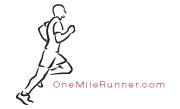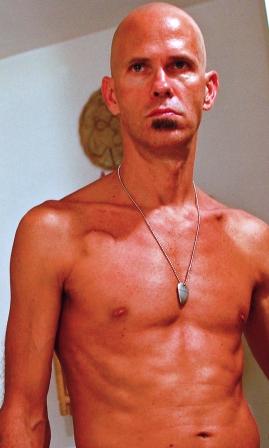The countdown begins as we approach our final two months of training before our first Wonder of the World event at The Grand Canyon on May 29th.
I am on schedule as I have completed the 100 meter and the 1/8th of a mile portions of my training program. I feel it is important for my racing performance to be able to do my speedwork at the shorter distances first. By starting out with these portions of the mile race, I am avoiding the lactic acid buildup that comes from higher intense workouts such as 1/4 and 1/2 mile repeats (that I am beginning in April). Identical and multiple repeats of the shorter distances allow me to concentrate on the efficiency of my sprinting form while introducing my body to the rigors of fast running.
Since I am not racing on the track this year, I “wheel out” straight sections of road, grass, or dirt to perform my sprint workouts. You would be surprised how long a 1/4 mile is in a straight line. The track makes it look so much smaller. The team of Consultants at www.OneMileRunner.com recommends me avoiding the turns of the track this training season. They feel strongly that all-out turns on the track can throw my hips out of alignment and put unneeded pressure on my inside leg with frequent repetitions. The idea of sprinting in a straight line is not only good for my body, but also is the closest thing to my race venues in 2011. I will be hitting the track hard in two years after my 50th birthday – so we will wait on the excessive turning until 2013…


